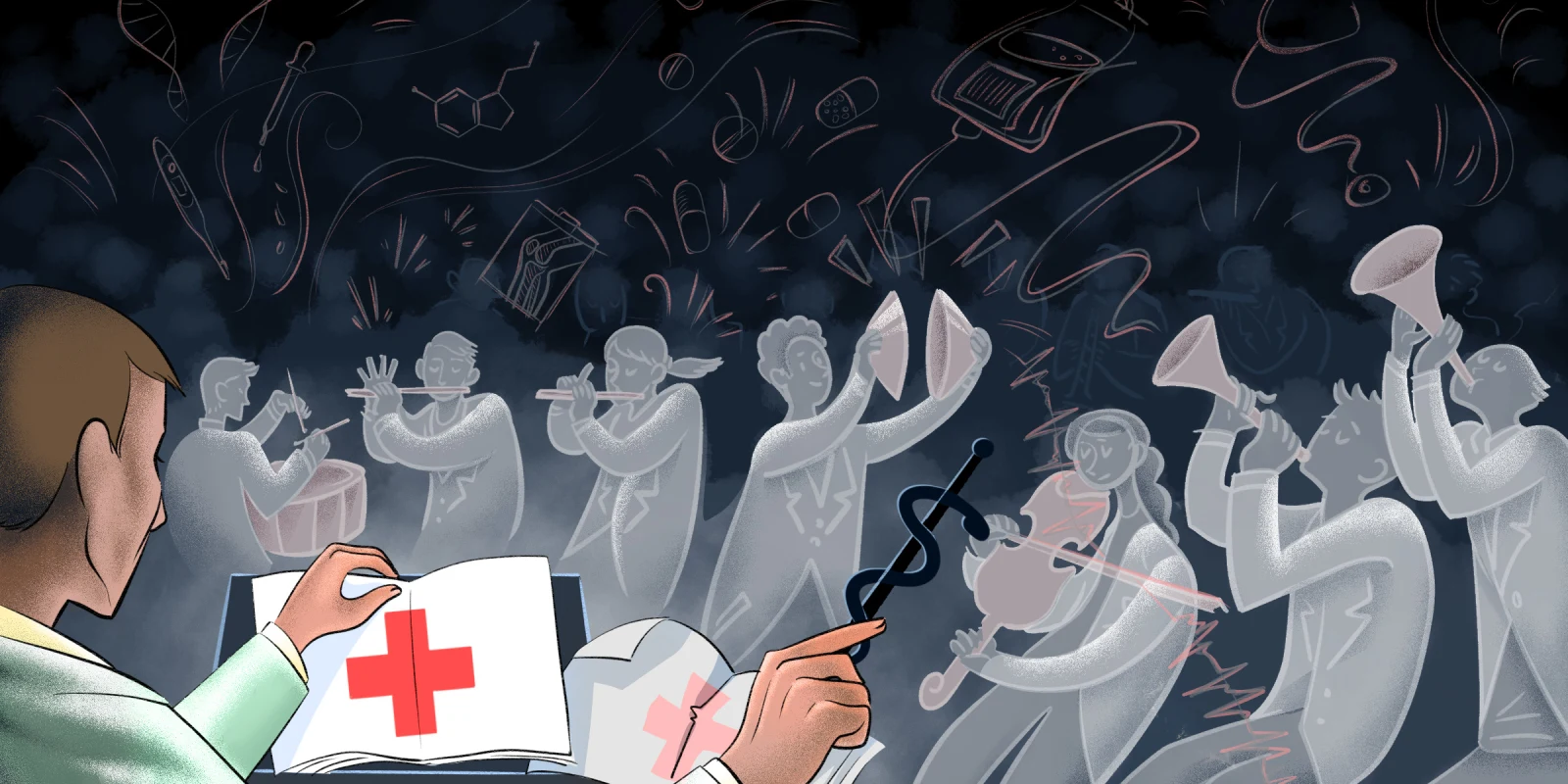
“Burnout” is now a buzzword in medicine, discussed ad nauseam, with the conversation usually ending without an effective solution. At this point, I believe we can agree another wellness program won’t solve this complex issue.
Even before I was interested in medicine, I knew that burnout was a serious issue. It’s commonly confused with stress, but burnout is entirely different. It’s a state of physical or emotional exhaustion that is centered around a sense of decreased accomplishment and loss of personal identity. It leaves its sufferers feeling empty, mentally fatigued, lacking motivation, and apathetic. I believe one of the most significant mistakes we make in medicine is believing that the challenges we face are exclusive to our field. Although medicine is unique, that does not mean we cannot learn from other industries. The solutions to burnout in medicine may actually lie outside the realm of medicine.
Anyone can experience burnout, irrespective of career choice. Any combination of long hours, high stress levels, lack of support, and underappreciation can eventually result in burnout. In 2017, I had the opportunity to speak at an international investment conference. The programming featured a presentation that focused on burnout among accountants and early-career financial advisors. Out of curiosity, I attended. The discussions focused on managing heavy client loads, intense schedules, irregular hours, prolonged periods of stress, exhaustion, lack of autonomy, and increasing regulations. The concerns sounded extremely similar to the issues contributing to medical burnout.
Similarly, in 2018, I participated in a forum for public school teachers where the topic of burnout was center stage. I learned that, according to a recent University of Pennsylvania study, 44% of new teachers experience burnout, and a high percentage leave the teaching force within five years. And again, the common culprits were managing hefty classroom numbers, prolonged periods of stress, dealing with family members, a lack of autonomy, and increasing professional requirements. After my experiences with these two non-medical professions — and after diving deeper into the research, I’m convinced we should be looking outside the medical industry to find solutions to this growing epidemic.
Historically, it seems the health care industry has used a traditional medical treatment model to combat burnout, primarily focusing on treatment with a delayed emphasis on prevention. Currently, wellness programs and committees are starting to increase in popularity. A 2018 review highlighted 19 studies that collectively revealed that individual-directed approaches that are supplemented by organizational-directed interventions were associated with a small but significant decrease in burnout rate. Although wellness programs do provide improvements, I feel like it is akin to putting a bandage on a hemorrhaging wound. In my opinion, to make a real, long-term change to improve burnout will require cultural and logistical disruption by administrators, physicians, and patients.
Culture change is perhaps the most difficult aspect of organizational leadership. Culture change demands new behaviors from leaders and employees that are different from the established corporate routines. Medicine has entrenched respect for history and tradition. In order to truly increase wellness and decrease burnout, we need to change the culture of medicine, including redefining physician expectations and availability, reestablishing reasonable patient expectations, and improving the physician shortage. At this point, changing the culture of medicine cannot be achieved through mandates alone; it will require a greater movement.
For now, we can continue to put metaphorical bandages on a gaping wound that is slowly dehiscing. Or, we can acknowledge that relaxation activities, suggestions to exercise, salary increases, and “mindfulness” will not fix the problem. Individually and collectively, we must act. We cannot wait to see if politicians, who have little or no experience on the front lines of health care, will solve this issue as we continue to suffer through burnout. We are all on the front line — we are the ones perfectly positioned to generate and pursue ideas for solutions. There is no monopoly on solutions. Medical professionals have the responsibility to shoulder leadership, administrative, and political positions to lead this charge. In the wise words of Buckminster Fuller, “You never change things by fighting the existing reality. To change something, build a new model that makes the existing model obsolete.”
Tyson Schwab, MD, MS is a clinician at Intermountain Healthcare. He practices at Utah Valley Hospital as part of the Utah Valley Family Medicine residency program. His medical interests include primary care, innovation, technology, health policy, and improving medical quality. Dr. Schwab is a 2019-2020 Doximity Fellow.
Illustration by April Brust







